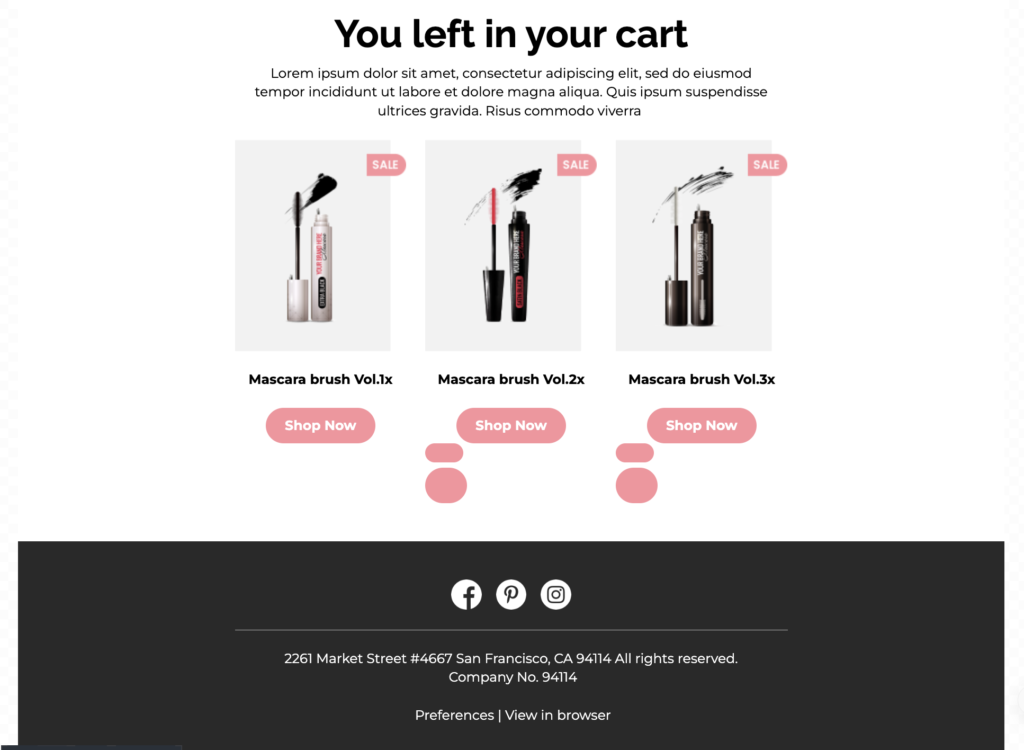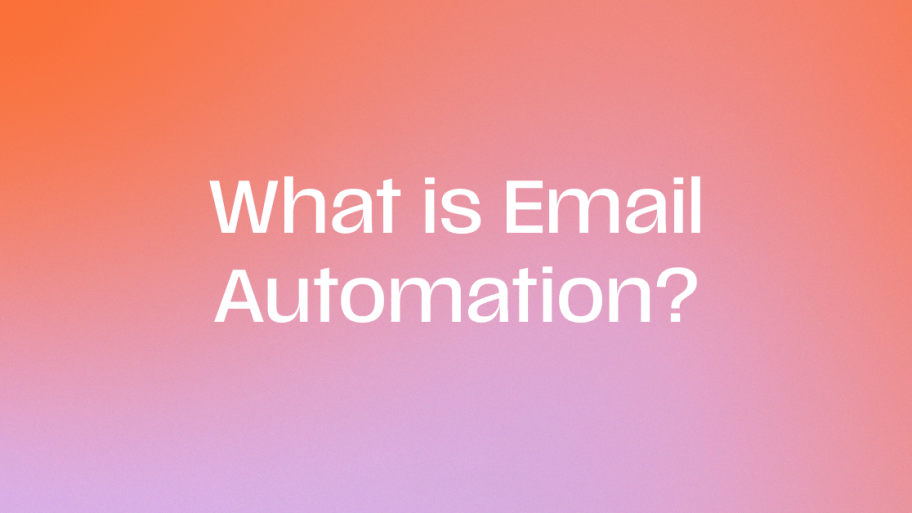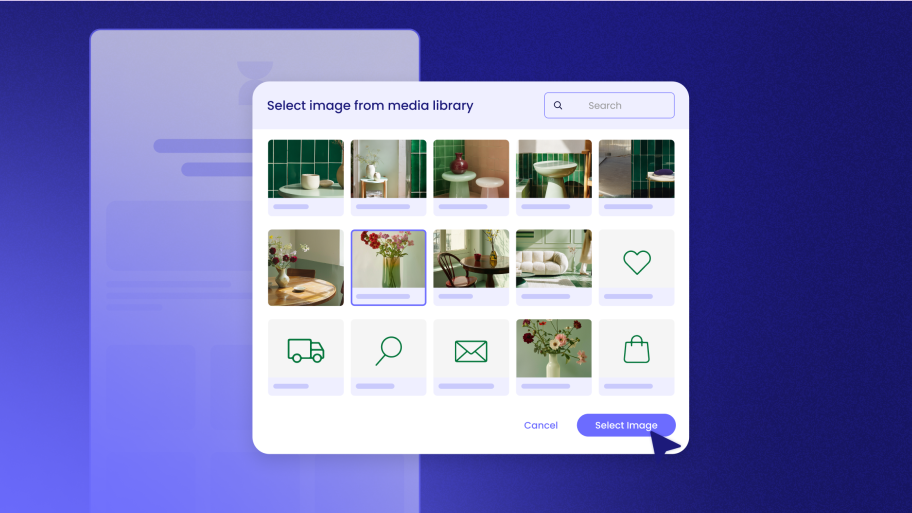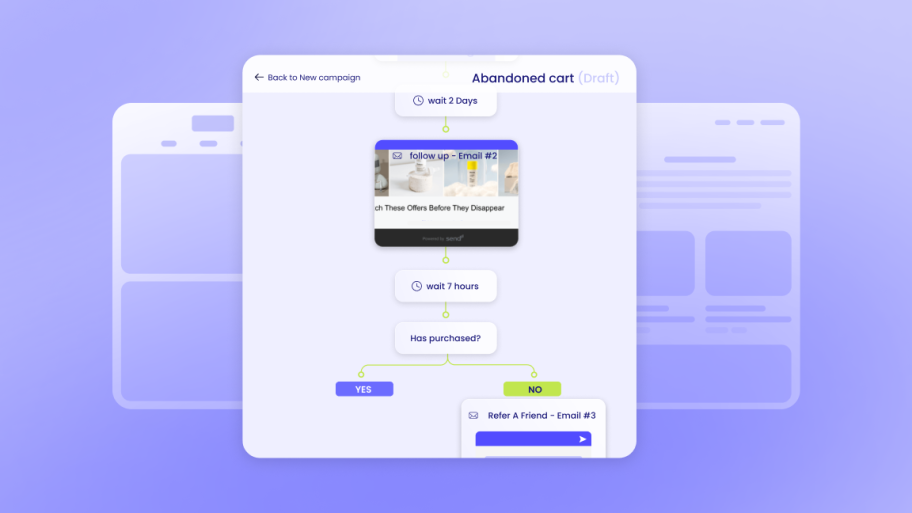When it comes to growing your store, few tools are as powerful—and underutilized—as cart recovery emails.
In a world where shoppers get distracted by, well… everything, it’s no surprise carts get left behind. But that doesn’t mean the sale is lost. A simple email can bring it back. In fact, abandoned cart flows can lift your bottom line by up to 20%, based on our benchmarks.That’s why this update matters.
Starting today, Send users can supercharge their recovery flows with a highly requested new feature: the Cart Widget.
Now, you can display product images in your abandoned cart emails—automatically pulled from your WooCommerce store.
Why It Matters: Images Drive Action
Let’s be real—product names alone don’t always do the trick. But a photo of that perfect pair of shoes, that custom mug, or that must-have gadget? That can stop a scroll.
By visually showing customers what they left behind, you tap into emotion, urgency, and the fear of missing out. And that’s what drives clicks—and conversions.
So, what’s New
The Cart Widget is a drag-and-drop block inside Send that dynamically displays:
- Product images
- Product names, prices, and quantities
- Real-time cart data from each customer
Previously, cart recovery emails only included product names. Now, they’re fully visual and way more persuasive.
Even better? It all works automatically using the product catalog that was synced when you connected your WooCommerce store to Send. No setup. No manual uploads. No fuss.

Ready made Cart Recovery templates on Send
How to Use It
Getting started takes just a few clicks:
- Open your Abandoned Cart flow in Send.
- Edit the emails in the flow—starting with the first one.
- Drag and drop the new Cart Widget into the email content.
- Done—your email will now show the actual products from each customer’s cart, updated dynamically.
It’s that simple. No extra plugins. No complex setup.
It’s just the begning
We built the Cart Widget because you asked for it. And we’ll keep building, based on your feedback.
Send is growing fast—but one thing won’t change: our focus on ease of use, smart automation, and real results.
Try the new Cart Widget today and watch your cart recovery emails do what they were always meant to—convert.




